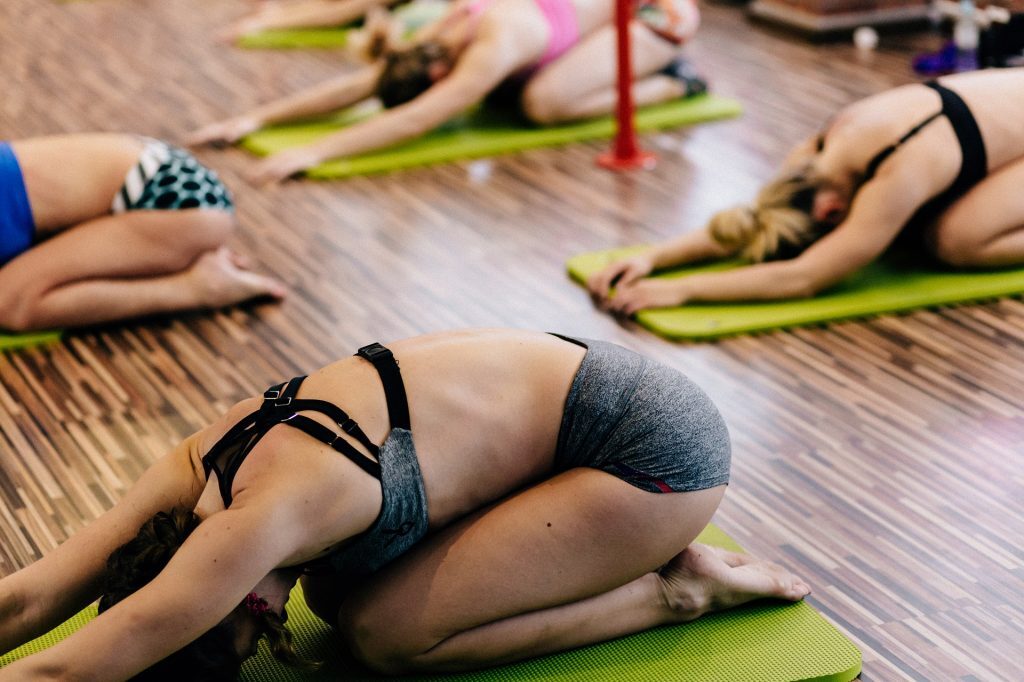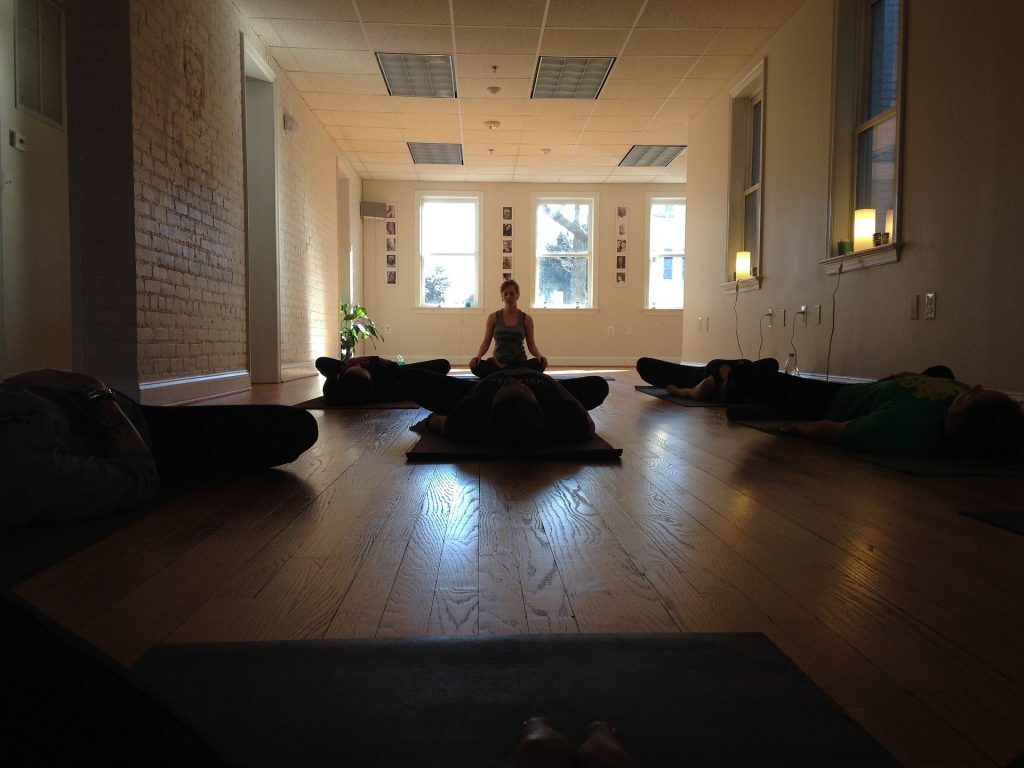Since the lockdown started in SA three weeks ago, yoga teacher Shasta Jordaan’s online streamed classes have grown by a third. They are relatively small numbers, but it demonstrates the shift towards streaming in this sudden onset age of self-isolation.
Jordaan is a very well-known Johannesburg yoga teacher, who specialises in pregnancy and post-natal classes and has a dedicated following. But she is also an adept convert to this new form of teaching.
Yoga is an intimate wellness practise, where the teacher demonstrates the position and then walks around the class, correcting poses where necessary. But like all other forms of group exercise, they’re verboten in the Covid-19-inspired age of self-isolating. Yoga, more than any other form of practise, seems to be the least likely to be adaptable to an online format – but is proving to be immensely popular not just in South Africa, but globally.
“My classes have definitely increased in numbers. It was a great transition to make, but you have to adapt your teaching style,” Jordan told us (via a traditional old phone call). “My classes have grown under lockdown,” she says because it has inadvertently reduced many barriers to entry, not least of which is introducing a new-found flexibility in people’s days. “People [also] don’t have to get into their car and go anywhere.”
Jordaan uses an Apple MacBook Air laptop to stream her classes, and cleverly upgraded her fibre line at home just before the lockdown, especially the upload speed which is crucial for good-quality streaming video.
She uses Zoom, the video conferencing app that is suddenly in the spotlight for its ease of use (and security issues) in this stream-from-home period.
But Jordaan is living proof that yoga teachers are supple in mind as much as body as they adapt to this new way of doing something that is renowned for being so personal and intimate.
Instead of being able to show the posture and then move around the physical studio to check her student have it correct, she finds she does more demonstration poses herself because of the nature of streaming a video. For her body, “it has been more challenging to do three to four classes a day online,” but she has found a clever strategy to still keep her eye on her students.
“When I have a strong practitioner in my class, who knows my teaching style and poses very well, then I pin that person [to the Zoom screen instead of Jordan’s feed] so that when people look up they see that person and they are seeing perfect posture being demonstrated.”
That enables her to go to her laptop and look at the poses of her online students, who she then corrects with verbal instructions. Her teaching style has changed but at the same time hasn’t. “I taught a very specific [post-natal] class today for pelvic reset. I looked at every person on screen. Some of those people can get lost in a normal class,” he says
There is another useful and unintended consequences: people do your marketing for you on social media. “The opportunity to reach a wider audience is incredible. Other people are advertising for you. They put their stories on Instagram and Facebook. Suddenly I got more exposure than I was giving myself before,” she says. “There have definitely been some positives to that.”
 For another Joburg yoga teacher, Michelle Kriek, being adept at adapting has helped her change the way she interacts with her students.
For another Joburg yoga teacher, Michelle Kriek, being adept at adapting has helped her change the way she interacts with her students.
Kriek does both her art classes in the mornings and yoga classes through Zoom, also preferring an Apple MacBook.
“I have had to learn a lot of skills,” she says. “I feel lucky that I have actually been able to maintain students. I lost a few, mostly because of tech or internet connections issues. The majority of them are paying, but a handful have said they can’t afford to. I’ve said I would I rather they continue, because they are part of the studio, and they pay when they can.”
She has had to shift her focus in the art classes towards tutorials and masterclasses on techniques because of the nature of streaming to an audience. She feels lucky to be in an industry where moving to web-based streaming via Zoom is possible. “Zoom makes it quite easy to take both my art and yoga classes and move to streaming,” she says.
Both Jordan and Kriek have relationships with their clients, who mostly pay by EFT. This overcomes the biggest barrier for home practitioners, finding a cost-effective booking and payment system.
Jordan uses a service called Bookamat, which integrates a booking and payment system. She is signing up for PayPal for international payments, from Germany and Dubai. These foreign clients found her because she offered a free 20-minute, midday mediation session, which has proved not only to be calming for her, but excellent marketing for her yoga.
Arguably the most famous beneficiary of the teach-from-home trend is British fitness YouTuber Joe Wicks, whose physical exercise (PE) classes for school kids has gone truly viral.
Although Wicks has been teaching via YouTube since 2014, his classes in the lounge of his flat have become an internet sensation. He said he’d had 28-million views in the 10 days since they went viral, the day I watched him. He dresses up in funny outfits, and chats back to followers who comment (via his brother who is his producer and reads the text messaging on the screen). He’s been interviewed by comedian Russel Brand and is now a bone fide celebrity in the new work-from-home era. And it seems it couldn’t happen to a nicer guy.
This article first appeared in Financial Mail




